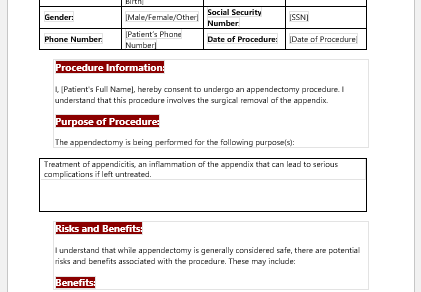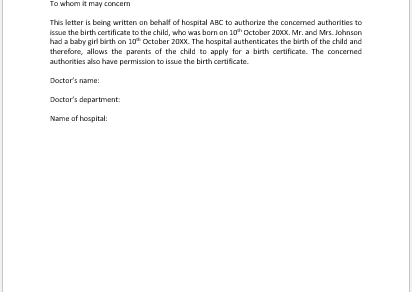Diabetes mellitus is a worldwide problem. It is considered a syndrome because it involves several metabolic events happening at the molecular level, resulting in the involvement of multiple organs and a vast variety of signs and symptoms.
Due to the increasing incidence and prevalence of diabetes mellitus, researchers have concluded that raising awareness about diabetes can only be one way of reducing and treating the disease. The main purpose now is to delay or avoid the complications of diabetes as much as possible.
[Sample Templates below]
#1

Sample File
#2

Sample File
#3

Sample File
#4

Sample File
#5

Sample File
Complications of diabetes mellitus
The following are the most common types of complications of diabetes mellitus:
- Vasculopathy
- Nephropathy
- Neuropathy
- Retinopathy
Vasculopathy
Cardiovascular disease due to atherosclerosis is the most common and most deteriorating among other serious complications of diabetes mellitus.
Narrowing of blood vessels due to lipid accumulation in micro- and macro-vessels results in complications.
Diabetic retinopathy is one of the consequences of vasculopathy itself.
Nephropathy
Diabetic nephropathy is a debilitating and miserable complication that leads to chronic renal failure, rendering a diabetic patient to multiple dialysis or a transplant, which is costly and torturous.
Diabetic Neuropathy
Diabetic foot leading to gangrenous foot and then amputation of all or parts of limbs is yet another misery due to chronic, uncontrolled diabetes. It starts with numbness and tingling sensations, progressing to loss of sensation, and then an injury causes an invasion of bacteria, which becomes hard to control in cases of uncontrolled diabetes. This leads to gangrene and is an indication of amputation.
Types of Diabetes Mellitus
There are two main types of diabetes mellitus: type I and type II diabetes mellitus, which have different etiologies.
Type I Diabetes Mellitus
Beta cells present in the pancreas secrete insulin, which is responsible for glucose regulation. These beta cells fail to produce insulin in sufficient numbers, and neither does. This results in raised blood glucose levels, and then a series of events occur, causing complications if one doesn’t improve his blood sugar levels.
Type II diabetes Mellitus
Insulin resistance on the cellular level causes no glucose regulation, despite the sufficient quantity of insulin present.
Hypoglycemia is the most serious effect of diabetic patients
A diabetic patient, especially one on ant-diabetic therapy, may undergo hypoglycemia, which is an even more serious emergency.
Diabetes information card in a diabetic’s wallet
Diabetic patients may faint in public, not responding to any stimulus. People around them may not get a clue about what is happening to the person. Sudden low blood glucose levels show such signs in a diabetic patient on anti-diabetic therapy.
- It is advised that such people carry a card in their pockets where they are labeled as “Diabetic”.
- The card has some instructions on what to do in case the cardholder faints and when to call 911 for help.
- It means that whenever you see a person in public going unconscious and not responding anyway, he probably has undergone hypoglycemia and needs an urgent source of glucose, like juice.
- If a person doesn’t respond, they must call for help.
- Nursing Documentation Templates
- Mental Health Evaluation Forms
- Forms Used by Pediatricians
- Various Forms Related to Pregnancy Verification
- Common Forms Used by ENT Specialists
- Pain Diary Worksheet Template
- Forms Commonly Used by Old Age Homes
- Medical Treatment Consent Form
- Home Exercise Program Worksheet
- Forms Used for Mental Health Assessment
- Forms Used by Psychologists
- Medical Forms Commonly Used by/for Students
- Assessment Consent Form
- Forms Used by an Anesthesiologist
- Not Fit to Fly Certificate Template

